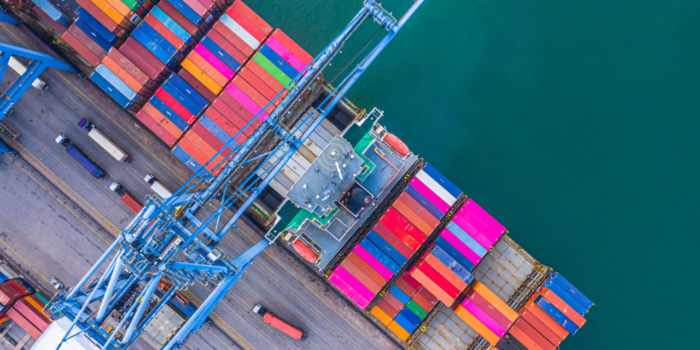DNV published a white paper aiming to spark a discussion to make safety-related risks easier to identify and manage.
As DNV says,:
The maritime industry needs a safe and efficient path through the complexity associated with developments involved in digitalization and decarbonization. Defining this path is possible ‘with foresight and a clear vision’, according to DNV’s Maritime Forecast to 2050. Foresight indicates that the success or failure of potentially transformational digitalization and decarbonization efforts hinges on the answer to the question: how capable is the industry of recognizing and managing the associated safety risks?
Identifying safety-related risks leads the way to closing gaps between today’s safety levels and the quality of risk management that is essential for the successful transformation to a more digitally-smart and carbon-neutral future.
Management of human, organizational and technical factors
According to DNV, a holistic risk managemen is vital to managing safety hurdles ahead of a more digitalized, carbon-neutral industry.
Barrier management as a tool will help to identify the risk controls necessary to facilitate human, organizational, and technical capabilities, and to counter their limitations. This is what is needed to safeguard maritime operations through this era of transformation
What is more, digitalization increases system complexity and introduces new ways of operation and collaboration. For this reason, the white paper expects that traditional risk management methods will not be enough for the new complexity, while centralized and dispersed teams will change how people work as organizations become a patchwork of multiple stakeholders.
As a result, safety in an increasingly digitalized maritime industry will benefit from:
- System integration to manage systems’ complexity;
- Addressing the needs of the human element in a digital environment;
- Digital transformation strategies for how organizations should manage emerging new risks.
People as a key part in safety
DNV, in its white paper, concludes that focusing on the complexity of innovative technology for digital transformation and decarbonization is central, but not enough to achieve and maintain smarter and carbon-neutral shipping.
Successful transformations depend also on people’s creativity, problem-solving ability, and resourcefulness. To reap the benefits of this era of transformations, the industry stakeholders need to collaborate from the beginning to the end of a ship’s life cycle
Specifically, their aim should be to create a shared focus on design and operations that support people’s performance.
What is more, every maritime organization can play a part in enabling safe and efficient performance by balancing out function allocation between technology and people, considering human-centred design of systems, and ensuring the physical, mental, and social wellbeing of the people.
This is what will put the industry in the best position to transform itself through digitalization and decarbonization
says DNV.




























































